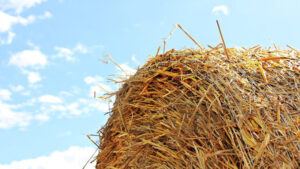
Hay and Livestock Assistance Form
N.C. Cooperative Extension and the N.C. Department of Agriculture and Consumer Services (NCDA&CS) are helping coordinate donations of hay …



Extension and research at NC State address timely issues impacting our state. Extension delivers trusted information directly into the hands of farmers and agribusinesses, helping them translate knowledge into solutions that grow our economy and communities.
El inglés es el idioma de control de esta página. En la medida en que haya algún conflicto entre la traducción al inglés y la traducción, el inglés prevalece.
Al hacer clic en el enlace de traducción se activa un servicio de traducción gratuito para convertir la página al español. Al igual que con cualquier traducción por Internet, la conversión no es sensible al contexto y puede que no traduzca el texto en su significado original. NC State Extension no garantiza la exactitud del texto traducido. Por favor, tenga en cuenta que algunas aplicaciones y/o servicios pueden no funcionar como se espera cuando se traducen.
Inglês é o idioma de controle desta página. Na medida que haja algum conflito entre o texto original em Inglês e a tradução, o Inglês prevalece.
Ao clicar no link de tradução, um serviço gratuito de tradução será ativado para converter a página para o Português. Como em qualquer tradução pela internet, a conversão não é sensivel ao contexto e pode não ocorrer a tradução para o significado orginal. O serviço de Extensão da Carolina do Norte (NC State Extension) não garante a exatidão do texto traduzido. Por favor, observe que algumas funções ou serviços podem não funcionar como esperado após a tradução.
English is the controlling language of this page. To the extent there is any conflict between the English text and the translation, English controls.
Clicking on the translation link activates a free translation service to convert the page to Spanish. As with any Internet translation, the conversion is not context-sensitive and may not translate the text to its original meaning. NC State Extension does not guarantee the accuracy of the translated text. Please note that some applications and/or services may not function as expected when translated.
Collapse ▲
N.C. Cooperative Extension and the N.C. Department of Agriculture and Consumer Services (NCDA&CS) are helping coordinate donations of hay …
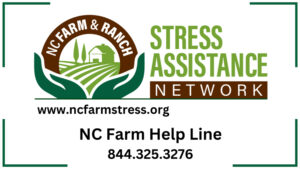
In the aftermath of Hurricane Helene, which wrought devastation across Western North Carolina already estimated in the tens of …
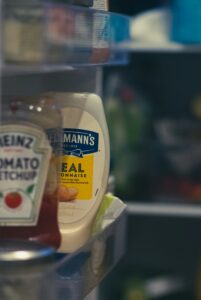
Letting Go of Condiments (and Why It’s Okay) After the recent hurricane, many of us in Burke County have faced …
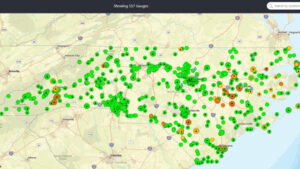
This update post contains important information from the North Carolina Department of Agriculture Veterinary Division’s newsletter. To subscribe to …

As friends, families and loved ones in Western North Carolina continue to fight through the devastation caused by Hurricane …

Hurricanes can cause significant damage to forest and timber land through wind and flooding. The first priority is to …
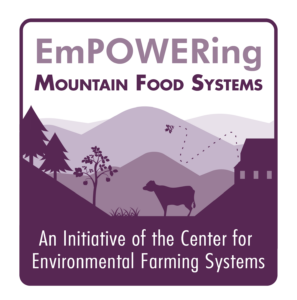
What is Empowering Mountain Food Systems? EmPOWERing Mountain Food Systems (EMFS) is part of the Center for Environmental Farming Systems …

It’s that time again! The 2024 Knowledge is Pollinator Power Webinar Registration is open! This free statewide webinar, part education …
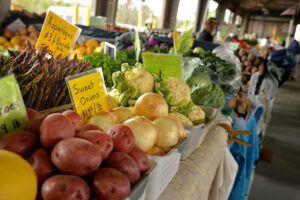
National Farmers Market Week, celebrated annually during the first full week of August, shines a spotlight on the crucial …
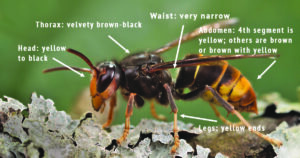
Adult yellow-legged hornets (Vespa velutina) were confirmed in Georgia and South Carolina for the first time in 2023. While …

Location: Produce Handling Facility, 74 Research Dr., Mills River, NC Date and Time: May 16, 2024 from 9:30 a.m. to …
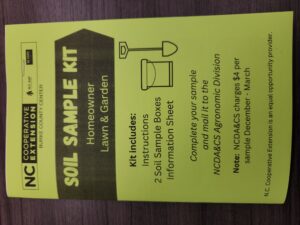
With this spring weather, many people are getting outside and wanting to garden, landscape, etc. As a way to …
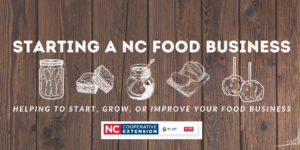
Thurs., February 29, 2024 1:00 – 5:00 p.m. N.C. Cooperative Extension, Iredell County Center 444 Bristol Dr., Statesville, NC Starting a food business …

It may be somewhat slower for nursery production in the winter months, but rest assured that cool season weeds …
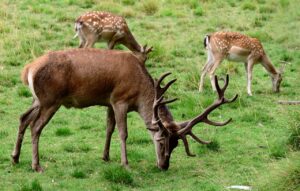
Fall is a great time to begin scouting and planning for the upcoming hunting season. Many hunters plant food …
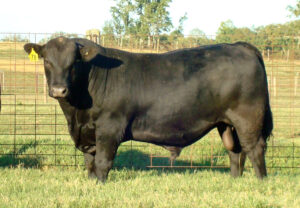
The ultimate goal of a beef cattle producer is to increase net income by balancing expenses with the income …
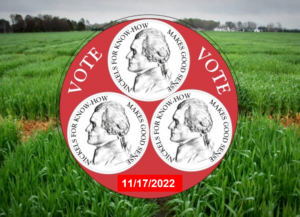
Nickels for Know-How was started in 1951 as a voluntary assessment on feed and fertilizer produced and purchased in …

WNC AgOptions is now accepting grant applications from farmers diversifying or expanding their businesses. With funding from the N.C. Tobacco …
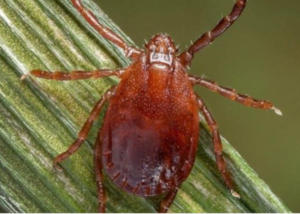
Ag Web Farm Journal Rhonda Brooks February 10, 2022 What kind of pest can move into a country and sweep across …

Are you interested in learning more about specialty fruit and vegetable production and market opportunities? Join Dr. Kathleen Liang, Co-Director …

This publication discusses Anthracnose Fruit Rot (Colletotrichum sp.) of blueberries in detail. Included are the …

This factsheet for farmers describes concepts, terminology, and guidelines concerning soil sampling. Proper testing allows …

Phosphorus (P) is the second most important nutrient in crop production but is often found …
This factsheet summarizes the symptoms and management of stubby-root nematodes in soybean in North Carolina.
Lance nematode is not a common problem of soybeans, but can cause local damages in …
The reniform nematode is not a common nematode pressure for soybean growers in North Carolina, …

This soybean disease factsheet covers aerial web blight, a generally minor disease of soybean in …
This factsheet discusses bacterial blight of soybean in North Carolina.